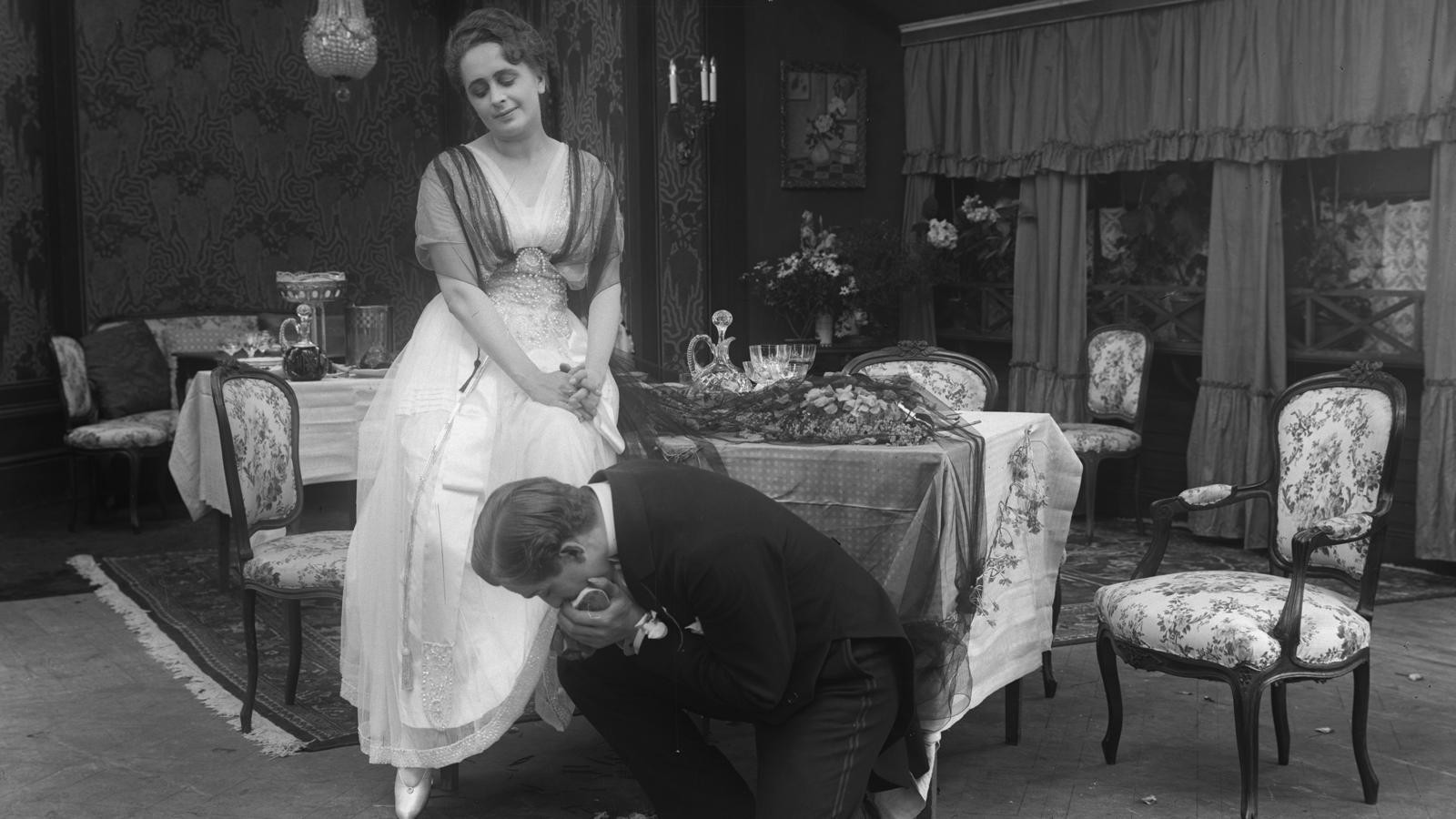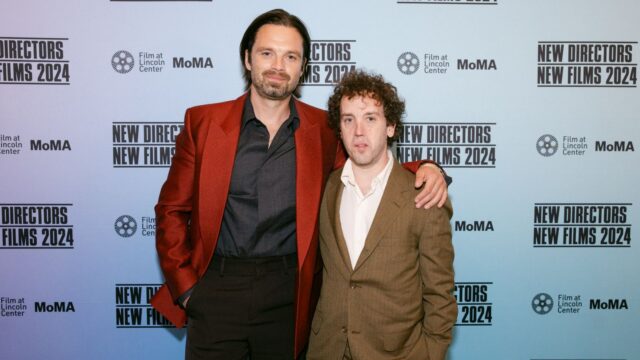Dickson Experimental Sound Film + Algie, the Miner + Vingarne

Vingarne
Dickson Experimental Sound Film is of consequence to cinema history as the only surviving film made for the Kinetophone, which combined the phonograph and the kinetoscope. Yet the scene it depicts, of two men dancing while a third plays violin, has long captivated queer artists and audiences alike. Algie, the Miner, meanwhile, is a gay-cowboy movie made nearly a century before Brokeback Mountain, whose fey lead is sent westward so that he might butch up in preparation for the task of heterosexual courtship. Anchoring the lineup is the rarely screened Vingarne, the first film to deal more or less explicitly with a gay relationship. Though once thought lost—a fire at the Svensk Filmindustri archives in 1941 destroyed the negative—a portion of the work turned up at auction in 1987, and from these elements, along with stills housed at the Library of Congress, the present version of Vingarne was reconstructed. Dickson Experimental Sound Film and Algie, the Miner prints courtesy of the Library of Congress; Vingarne print courtesy of the Swedish Film Institute.
Dickson Experimental Sound Film
W.K.L. Dickson, USA, 1895, 35mm, 1m
Algie, the Miner
Alice Guy-Blaché, Harry Shenck & Edward Warren, USA, 1912, 35mm, 10m
Vingarne
Mauritz Stiller, Sweden, 1916, 35mm, 50m
Swedish intertitles with English subtitles






